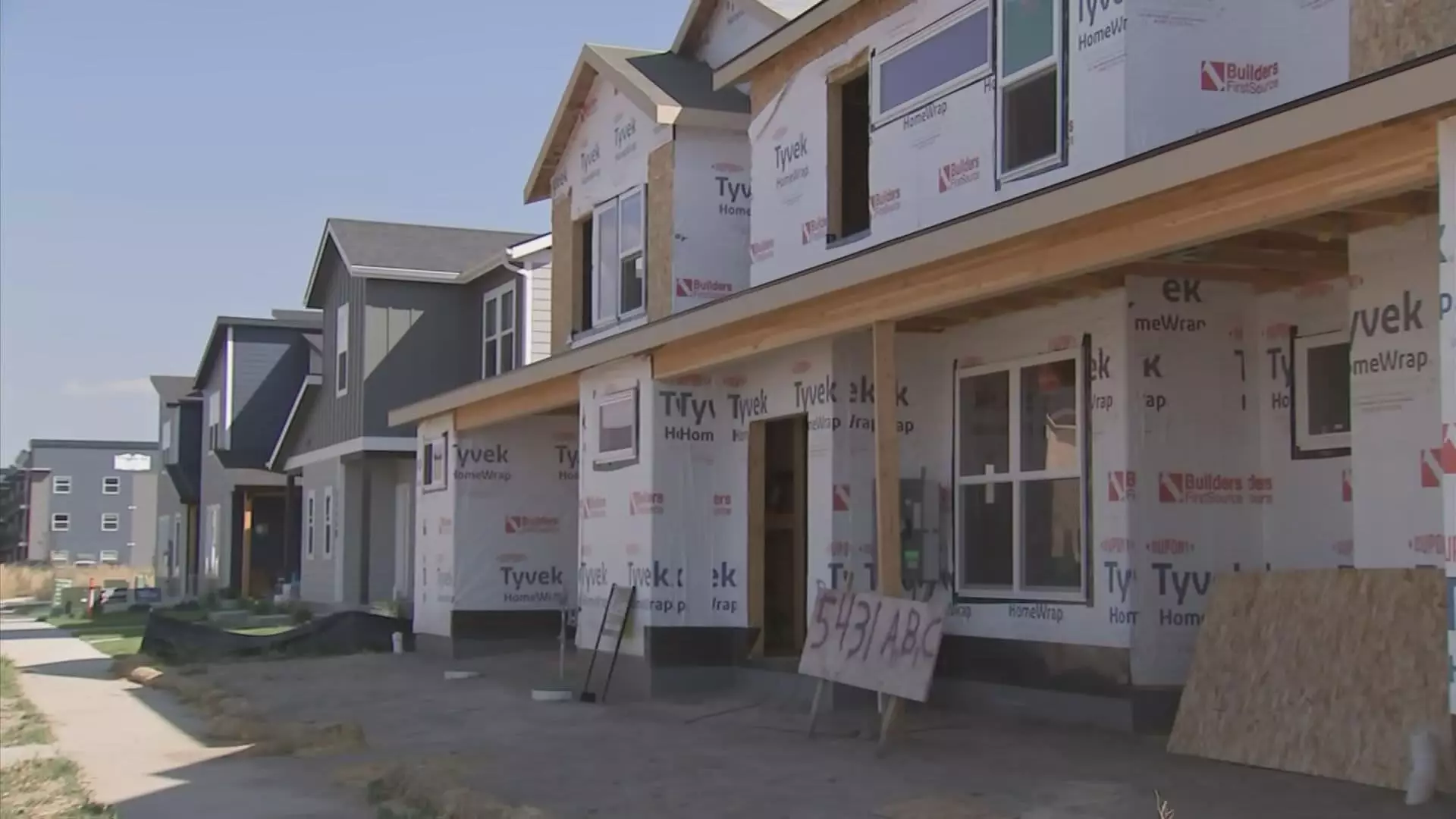In recent years, Montana has witnessed an unprecedented surge in demand for housing, particularly in urban areas like Missoula. A combination of new developments such as condominiums and duplexes, alongside evolving zoning laws, aims to tackle the pressing issue of affordable housing. DJ Smith, president of the Montana Association of Realtors, articulates a significant concern facing locals: as the housing market rapidly escalates, many Montanans find themselves increasingly marginalized, unable to secure homes that fit both their needs and budgets. The state’s picturesque landscapes and vibrant communities have attracted an influx of out-of-state residents, thereby intensifying competition for available properties.
The residential landscape of Montana is changing, largely driven by the state’s growing desirability among wealthy individuals relocating from higher-cost areas. This phenomenon has catalyzed rapid price increases, pushing housing costs beyond what the average Montanan can afford. With a critical housing shortage exacerbated by various local and national factors, maintaining affordable housing options is becoming a race against time.
The housing crisis in Montana is not merely an economic issue; it has become a prominent political battleground as well. As incumbent Democratic Senator Jon Tester gears up for re-election, housing affordability has become a key pillar of his campaign strategy. Tester is attempting to connect with voters who feel the pinch of rising housing costs as newcomers with substantial financial resources buy up properties across the state. This situation poses a unique challenge for Tester, especially in a state that heavily leans Republican, as evidenced by past election outcomes such as the 2020 presidential results.
According to political analysts, this election climate could be pivotal as the Cook Political Report recently shifted the dynamics from a toss-up to leaning Republican. The senator’s rival, Tim Sheehy, a former Navy SEAL and businessman, is leveraging this anxiety around housing affordability and escalating costs, attributing these issues to federal policies enacted under the Biden administration. Such rhetoric resonates with voters against the backdrop of escalating inflation, making the housing debate intertwined with national economic sentiments.
Current data reveals an alarming trend in Montana’s housing market: a staggering 66% increase in housing prices over the past four years, outpacing the national average of 50%. The median home price in Missoula has ballooned to around $568,377, a figure that starkly contrasts with the median household income of approximately $67,631. This divide signals a troubling reality—many residents are forced to leave the neighborhoods they once called home, creating a ripple effect throughout the community.
The problem is further compounded by the trend of newcomers from states like California and Colorado, where escalating home prices are common. Many of these individuals arrive in Montana with significant equity from their prior homes, enabling them to make cash purchases. In fact, reports indicate that nearly 30% of homes sold last year were bought without financing, further diminishing available opportunities for local buyers.
Alongside soaring housing prices, Montana’s construction industry is facing a critical labor shortage. Builders like Andrew Weigand, owner of Butler Creek Development, emphasize that the scarcity of skilled subcontractors—plumbers, electricians, and other tradespeople—has led to increased costs and inefficiencies in housing development. The limited pool of labor results in high demand for those available, ultimately pushing construction prices higher.
Weigand expresses concern that many tradespeople are nearing retirement age, with few young professionals eager to enter the industry. This gap not only threatens to inflate prices further but could also stall the construction of essential new housing units, hindering efforts to alleviate the growing crisis of affordability.
In response to these intertwined challenges, Senator Tester has introduced several proposals to support struggling Montanans. These proposals include grants for housing expansion, assistance for home repairs, and a tax credit incentivizing mobile home park owners to sell their properties to local resident coalitions instead of developers hoping to build luxurious new projects. Meanwhile, Sheehy highlights the importance of expanding trade programs to enhance workforce availability for the construction sector.
Navigating the housing crisis in Montana requires a multifaceted approach that balances political strategies, economic realities, and community needs. As the stakes rise, the outcomes of the upcoming elections may play a critical role in shaping the future of housing affordability in the state. The voices of Montanans must be heeded, as they find themselves at the frontline of a rapidly changing landscape.


Leave a Reply